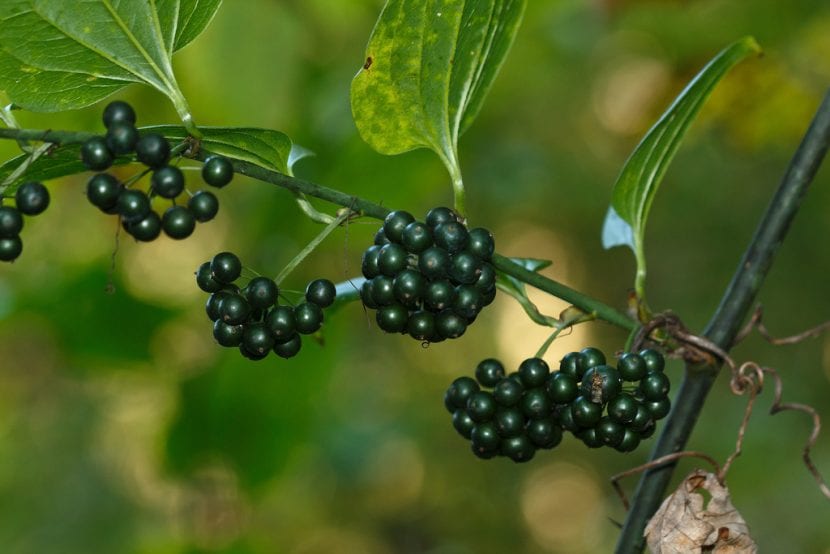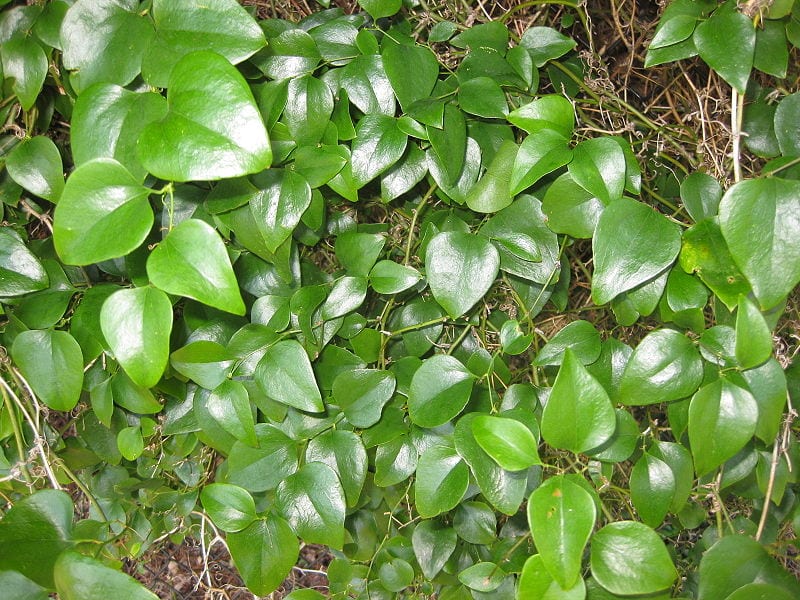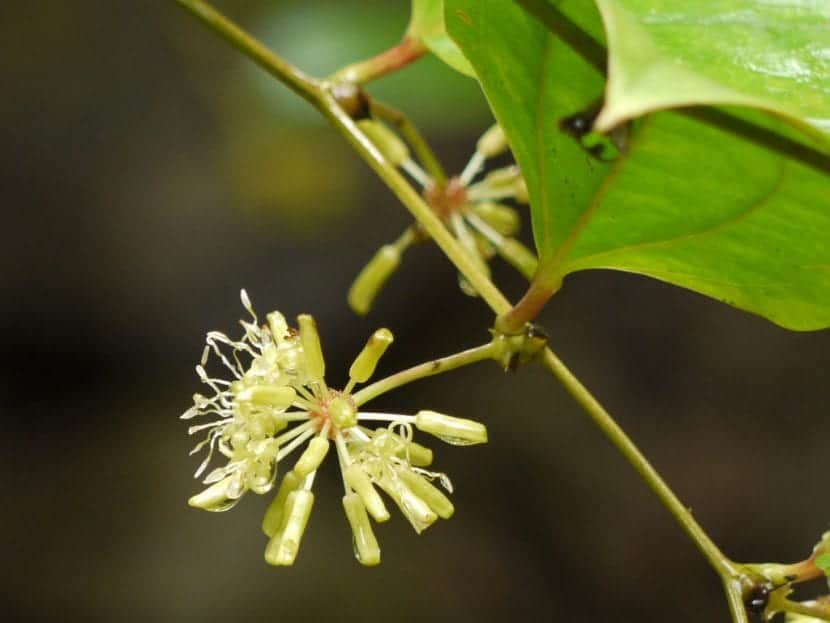
Image - Flickr / Tom Potterfield
Plants of the genus Smilax are those that, once you see them, it is difficult to forget them. Their growth rate is very, very fast, so much so that if they are allowed to grow on their own, they almost behave, almost like invasives.
Its fruits look like small cherries, but we should not put any in our mouths as they are poisonous. Nevertheless, If we need a plant that is resistant and easy to care for to cover low walls or lattices, the Smilax are interesting .
Origin and characteristics

Our protagonists are spiny evergreen shrubs with thin, fickle stems that reach a height of 1 to 20 meters. The leaves are petiolate, heart-shaped and alternate, green in color. The flowers are grouped in axillary racemes, and are creamy yellow in color. The fruit is a red or black globose berry depending on the species.
They grow in the bushes, forests and brambles of Africa, Europe and Asia, the main varieties being the following:
- Smilax rough: known as sarsaparilla or moorish bramble, it is a thorny shrub with alternate, petiolate and heart-shaped leaves. It is very common in Spain.
- Smilax canariensis: it is a woody and thorny liana that produces reddish fruits. It is endemic to Macaronesia.
- Smilax officinalis: known as dog grape or sarsaparilla, it is a shrub with fickle stems that reaches a height of up to 20 meters. It produces red fruits, and is native to South America.
Uses
Is there some species, like the S.aspera, whose roots have been used to make a refreshing drink that was very popular in Europe until Coca-Cola was created.
Some are also used as medicinal, for cases like flu, rheumatism, eczema, psoriasis, respiratory problems and syphilis. But beware, you should not start any treatment with plants without consulting a doctor who is an expert in natural medicine.
What are their cares?

Image - Flickr / Dinesh Valke
If you want to have a copy, we recommend that you provide it with the following care:
- Location: outdoors, in full sun or in semi-shade.
- Earth: is indifferent. It grows well in almost any type of soil, even those that are somewhat poor.
- Irrigation: water 3-4 times a week in summer, and 1-2 a week the rest.
- Subscriber: it is not necessary, although if you want you can add a little natural compost occasionally.
- Multiplication: by seeds in spring.
- Pruning: late winter or autumn.
- Rusticity: withstands light frosts down to -6ºC.
What did you think of the Smilax?